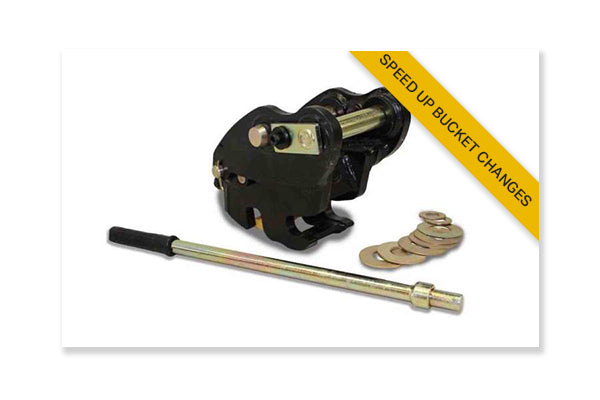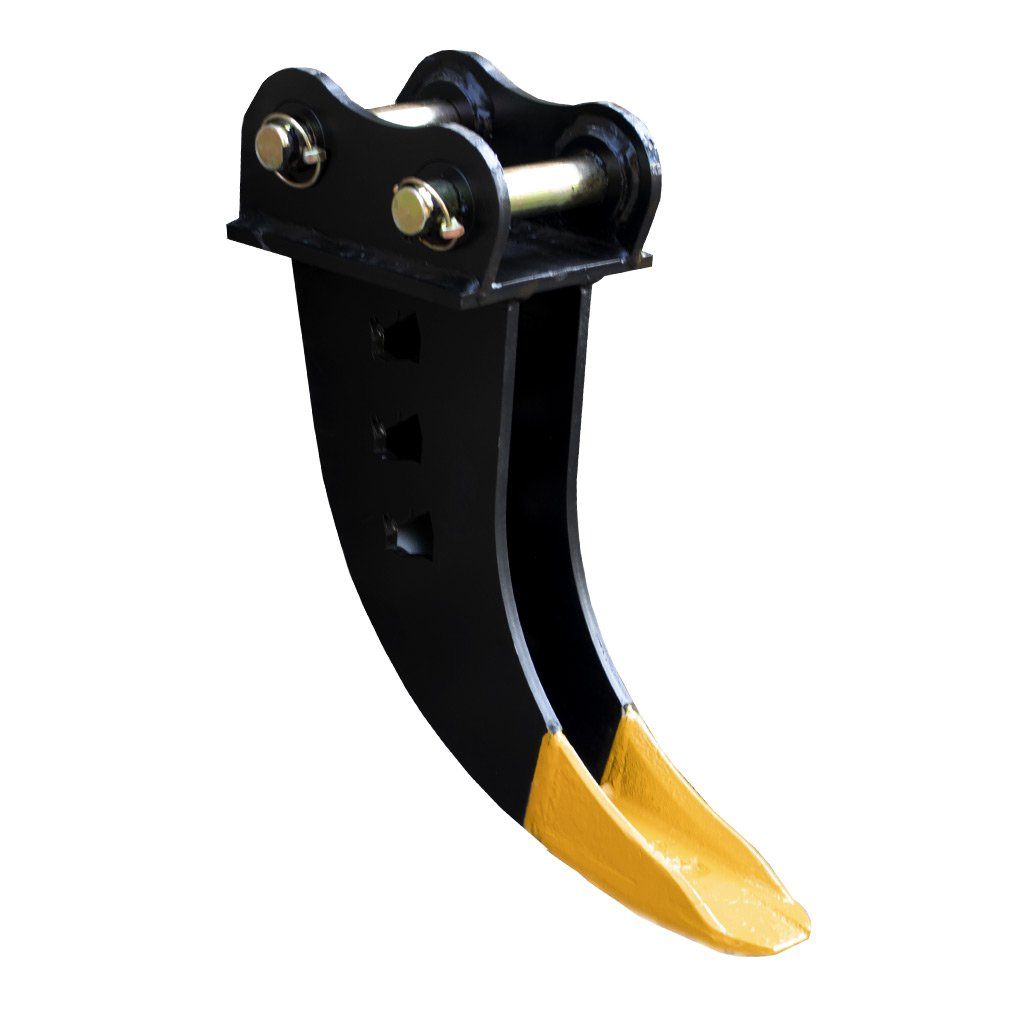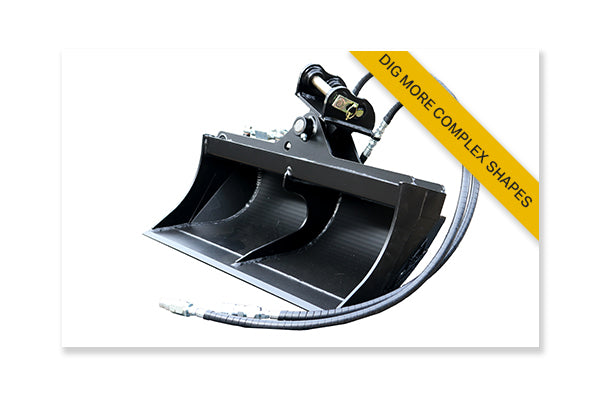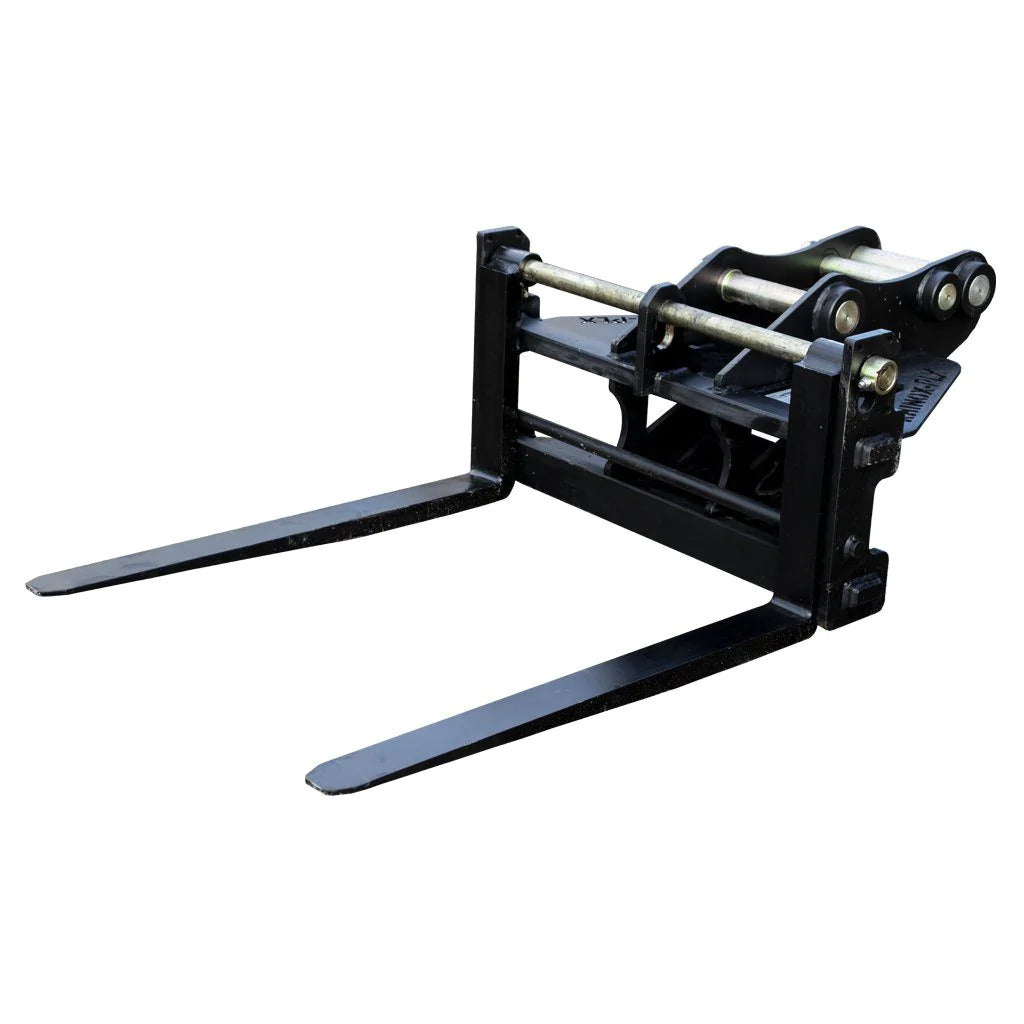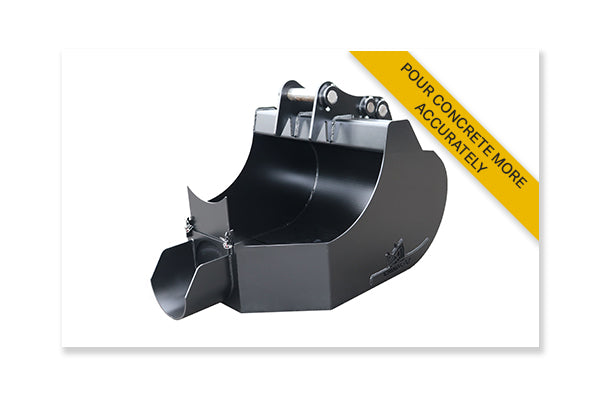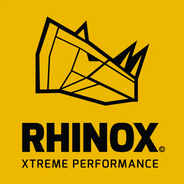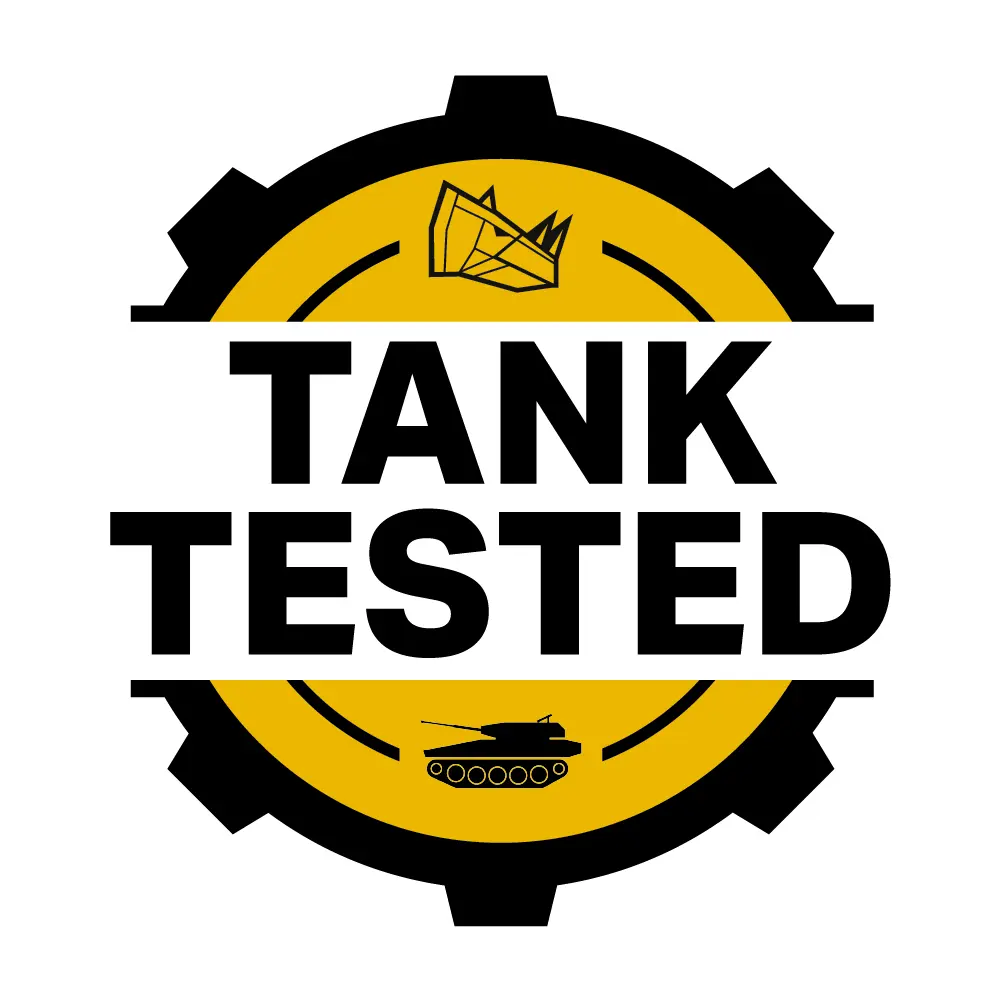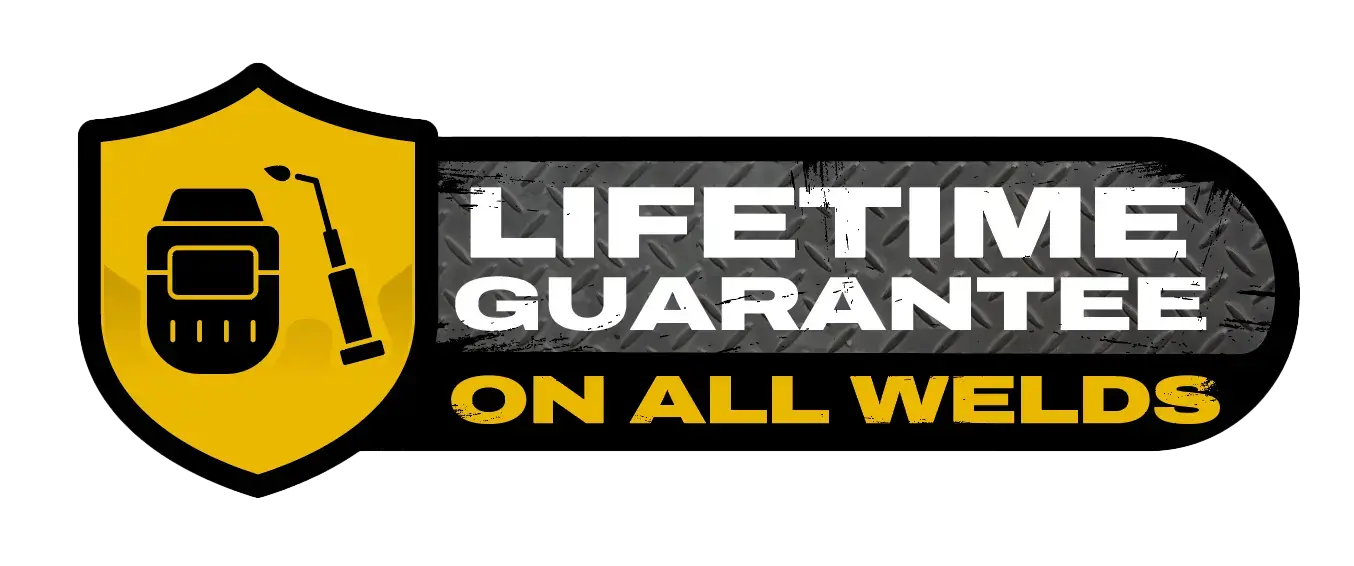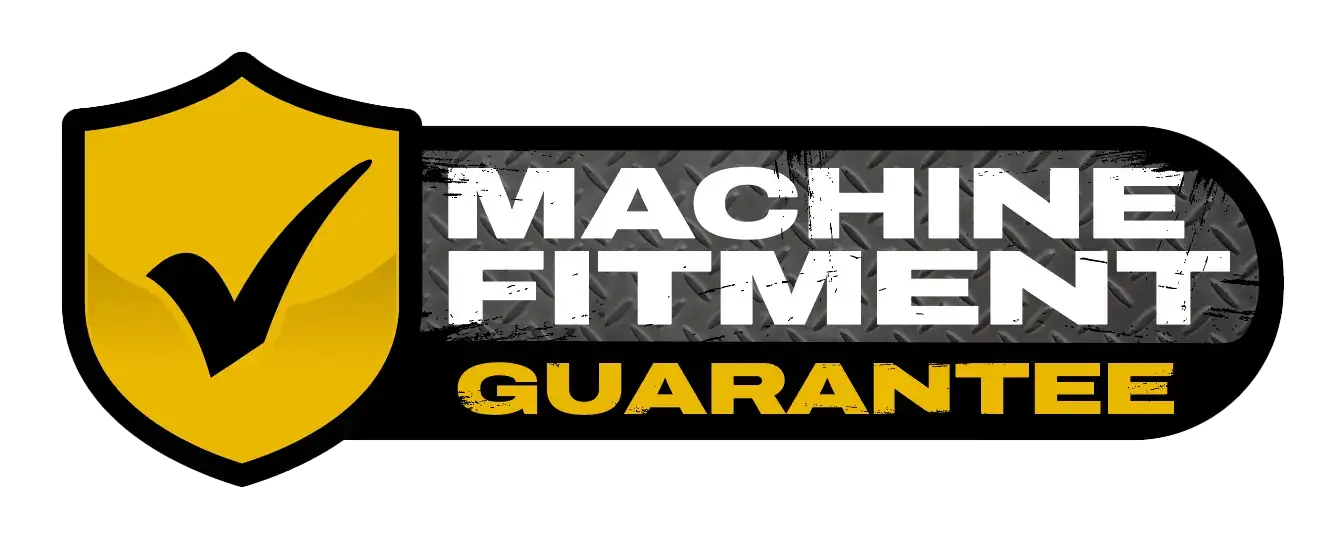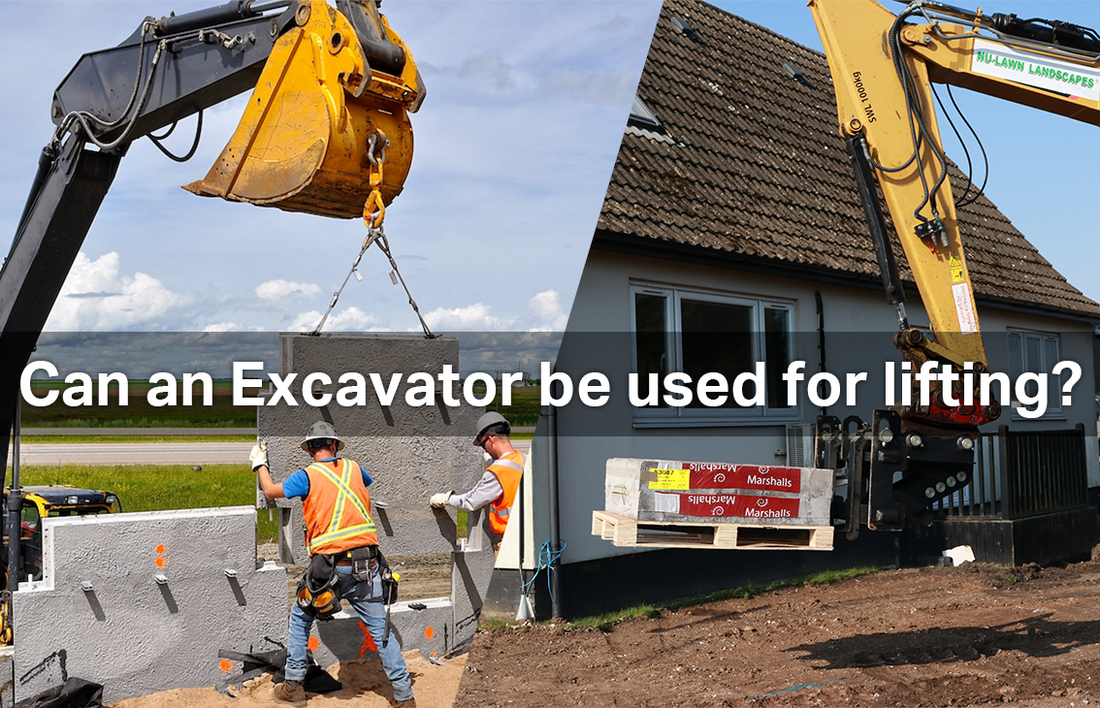
Can an excavator be used for lifting?
Excavators are versatile machines primarily known for their digging capabilities on construction and landscaping sites. However, one question that often arises is whether these powerful machines can be used for lifting tasks. The short answer is yes, but with some important considerations. In this post, we'll explore the potential of using excavators for lifting operations, the attachments that enable lifting functionality and crucial factors to keep in mind to ensure safety and efficiency when utilising excavators for lifting tasks.
Safe Methods of Lifting with an Excavator
An excavator can be used for lifting, provided the appropriate attachments and safety measures are in place. There are numerous common methods for lifting with an excavator, some deemed safer than others.
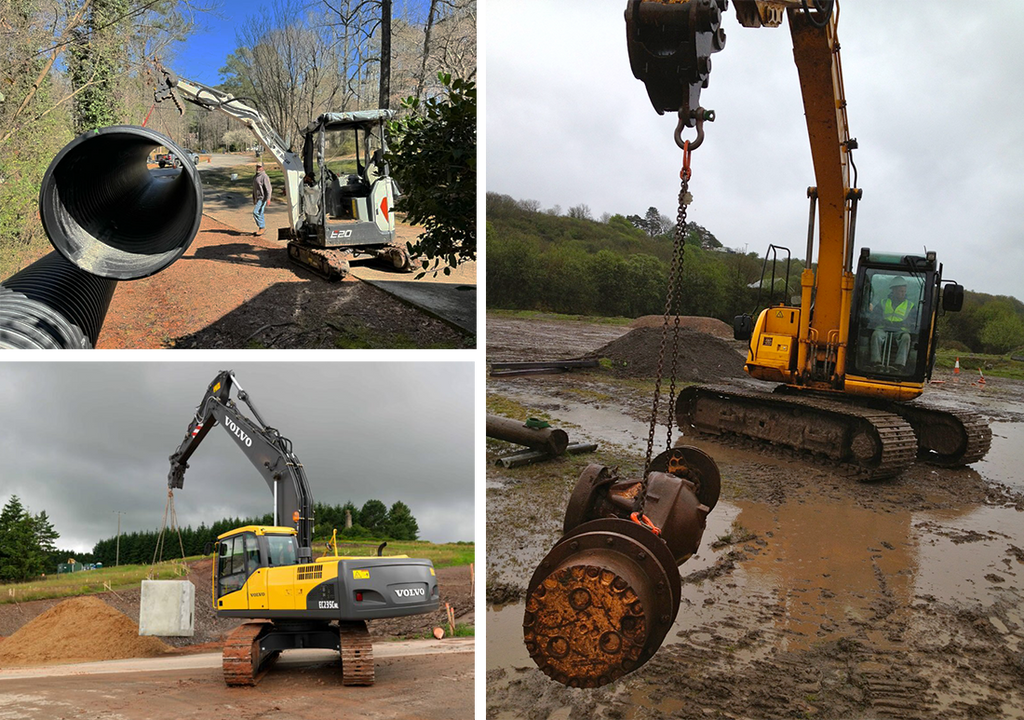
1) Quick Hitch with LOLER Tested Lifting Eye
An excavator equipped with a quick hitch featuring a LOLER-tested lifting eye can be used to securely lift loads. By attaching a D-shackle to the lifting eye, a chain or strap can be secured to the load with ease, ensuring safe lifting capabilities on site. It's common for hitch manufacturers to manufacture a lifting eye on their coupler but not LOLER test them. If you already own a quick hitch and want to use it for lifting, we would recommend checking that it is LOLER-tested. The Rhinox autolock quick hitch is LOLER-tested and rated to 250kg W.L.L for 6 months from the point of dispatch. So, if you're looking to purchase a quick hitch for lifting, this may be an option to consider.
Safety Points to Consider:
- Ensure the load is securely attached to the lifting eye to avoid accidents and unstable movements.
- Do not exceed the working load limit of the lifting eye or excavator, as this can lead to equipment failure and accidents.
- Ensure you position the hitch pointing towards the ground to avoid stress or damage to the bucket links and tipping links.
- Perform routine inspections and maintenance of the quick hitch and lifting eye for signs of wear or damage, to ensure safe operation.
- Ensure LOLER testing is carried on your hitch and excavator if using for lifting tasks to maintain safe operation.

2) Excavator Pallet Forks
Attaching pallet forks to your digger allows you to lift equipment and pallets of material much like a forklift or telehandler would. They are great for using on smaller sites where you might not have enough space to fit a full-sized telehandler or where the ground is too uneven or boggy for a forklift.
Similarly to a quick hitch, excavator forks will have a maximum weight limit too, for example: Rhinox 5 to 9 ton pallet forks have a W.L.L of 1,250 kg and 12 to 25 ton pallet forks have a W.L.L of 2,500 kg.
Safety Points to Consider:
- Ensure proper installation when fitting the pallet forks to the digger to avoid equipment failure and accidents.
- Do not exceed the working load limit of the pallet forks, as this can lead to equipment malfunction and accidents.
- Perform routine inspections and maintenance of the pallet forks to ensure they are in good working condition.
- Ensure the load is evenly balanced to avoid instability of the excavator and load.
- Ensure LOLER testing is carried on your pallet forks and excavator if using for lifting tasks to maintain safe operation.
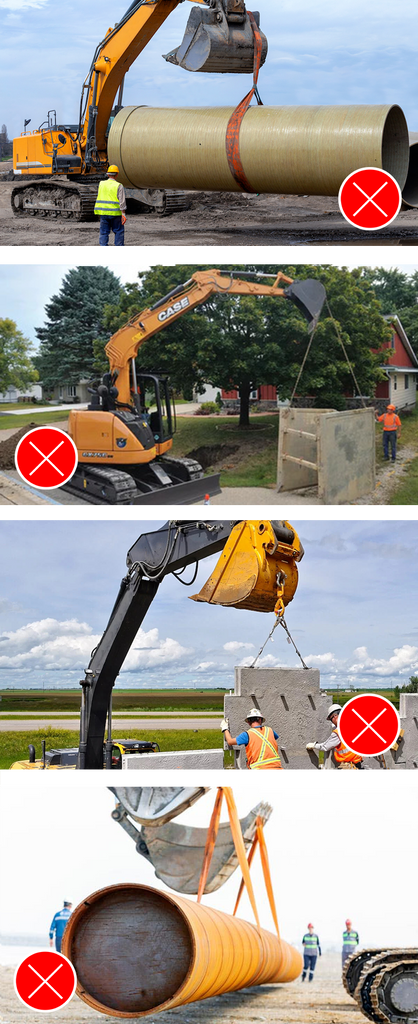
Safety First: Avoiding Unsafe Lifting Practices
Inadequate Operator Training: Operating an excavator for lifting requires specific skills and knowledge. Inadequate training of operators can lead to errors in judgment, improper load handling and increased risk of injury. Operators should receive comprehensive training on safe lifting practices and equipment operation.
Exceeding Load Capacity: Attempting to lift loads beyond the excavator, or attachments, rated capacity poses a significant risk of tipping over or causing structural damage to the equipment. Always adhere to the manufacturer's specifications and never exceed the recommended working load limits.
Neglecting Pre-Lift Inspections: Before initiating any lifting operation, it's essential to conduct thorough pre-lift inspections of both the excavator, the mechanism you're using to lift and the load. Inspect the lifting equipment, hydraulic systems and attachment connections to identify any potential issues or hazards.
Misusing Excavator Buckets: We do not recommend using excavator buckets for lifting task, this is inline with HSE guidelines. Using welded hooks to buckets should be avoided as this can lead to weld failure and danger to equipment and groundsman in the event of failure. You should also avoid hooking straps or chains around bucket teeth or blades as this will cause damage to your bucket and could lead to damage to other excavator components, like burst hydraulic lines and valves, in the event of failure.
Conclusion: Safe Lifting with Excavators
While excavators can be utilised for lifting tasks, safety should always remain the top priority. Employing proper attachments such as pallet forks or a quick hitch with a LOLER tested lifting eye, along with strict adherence to safety protocols, ensures that lifting operations are conducted safely and efficiently. By recognising and avoiding unsafe lifting practices, you can harness the lifting capabilities of your excavator while minimising the risk of accidents or injuries on the job site. Remember, when it comes to lifting with excavators, safety is non-negotiable.
Learn more about Pallet Forks with Rhinox:
 |
 |
 |

